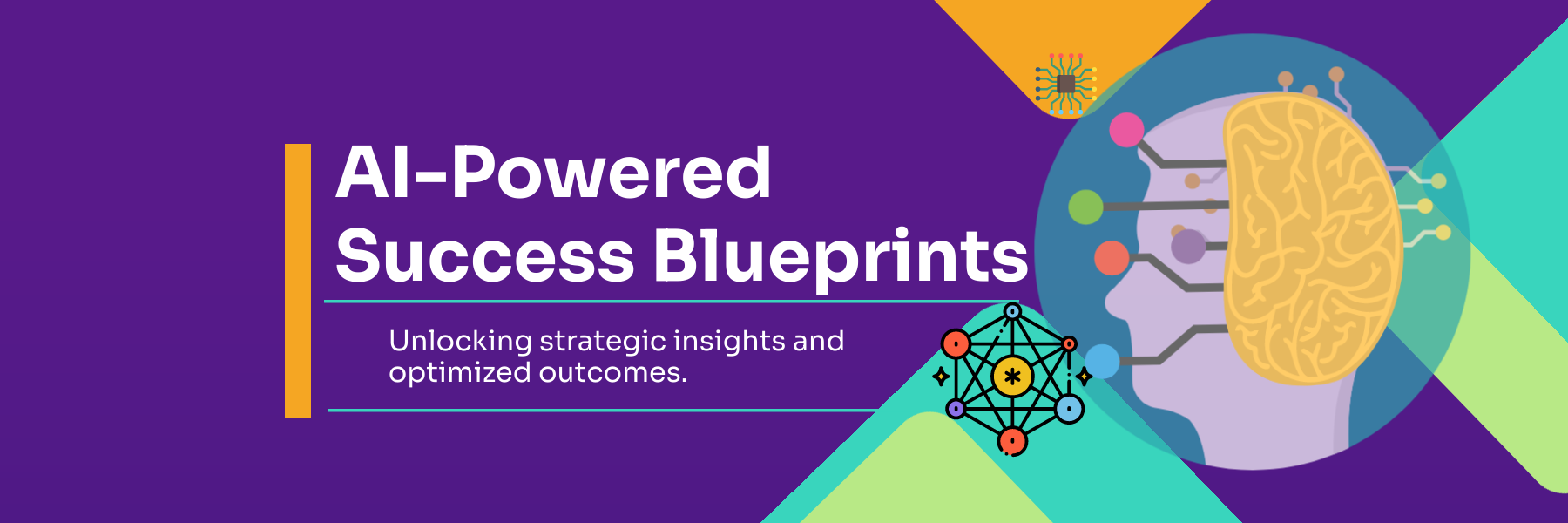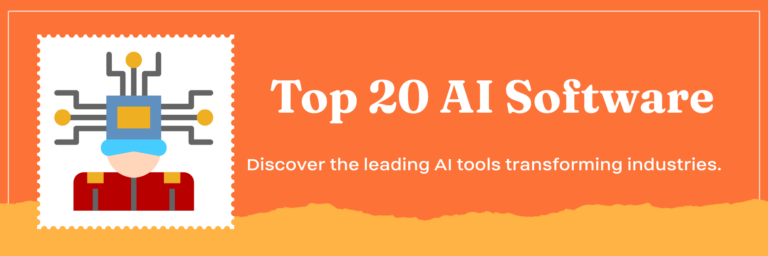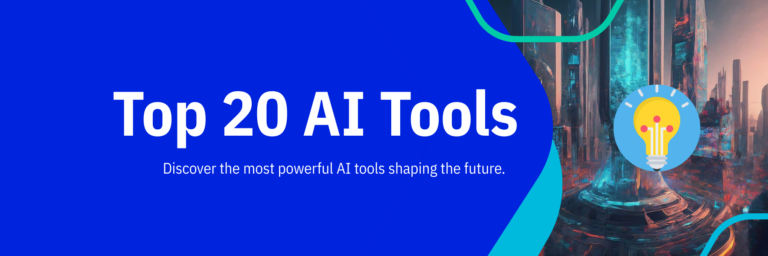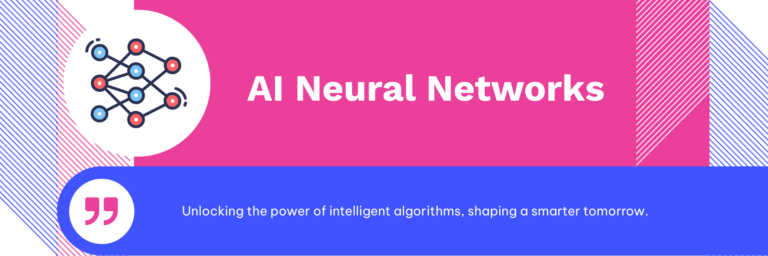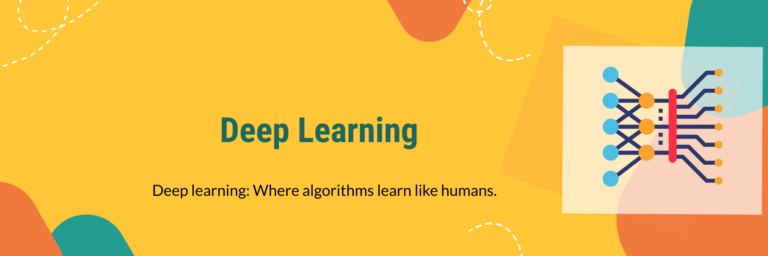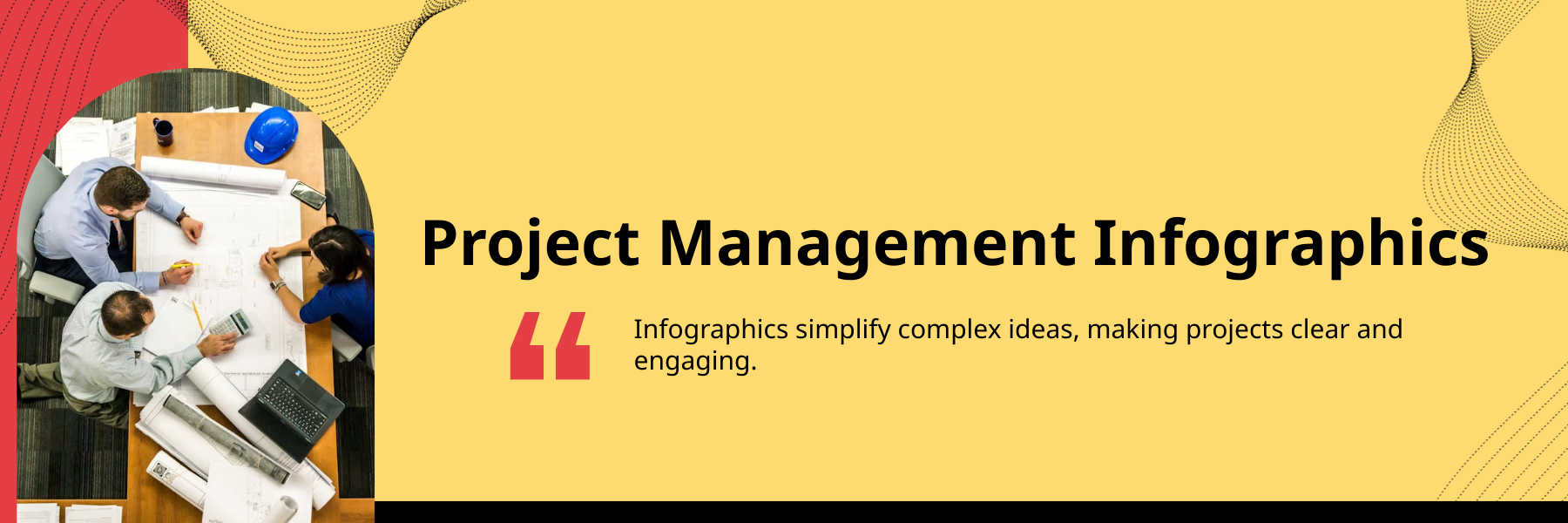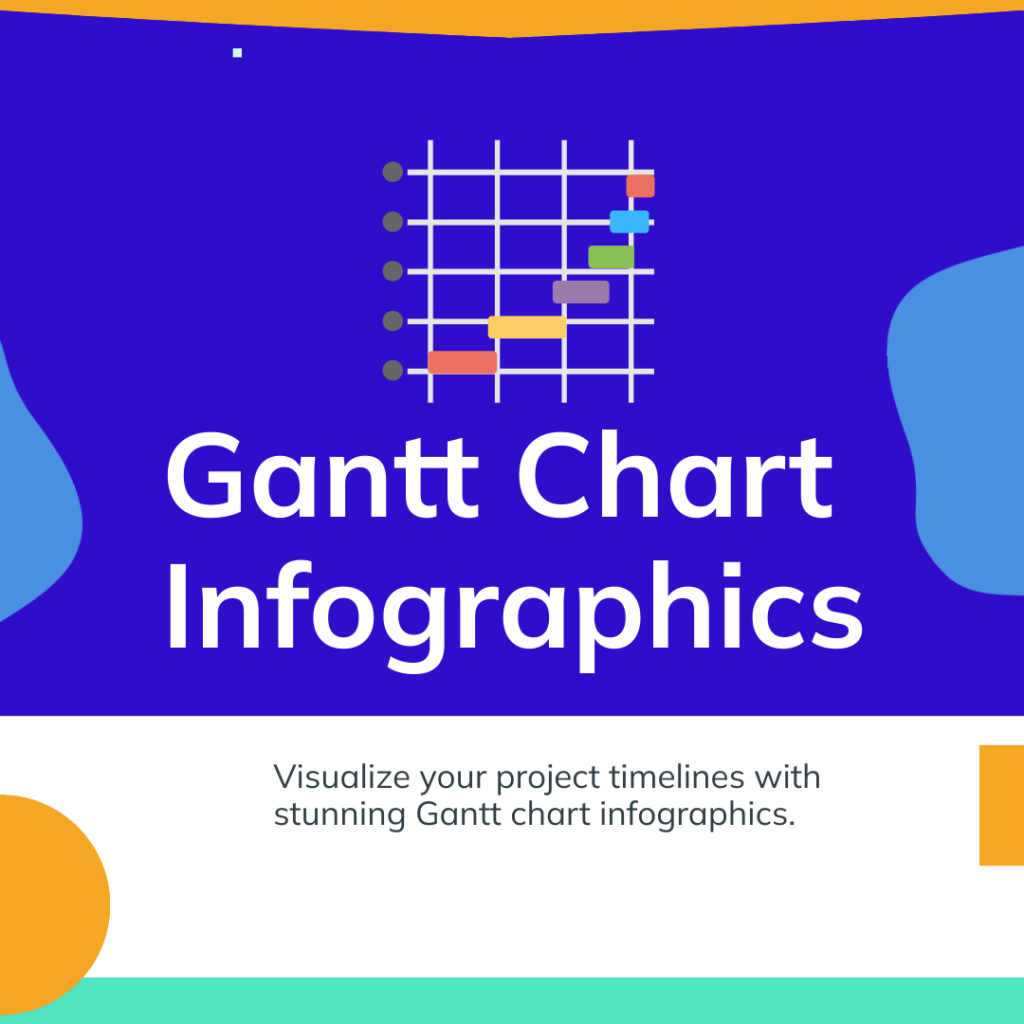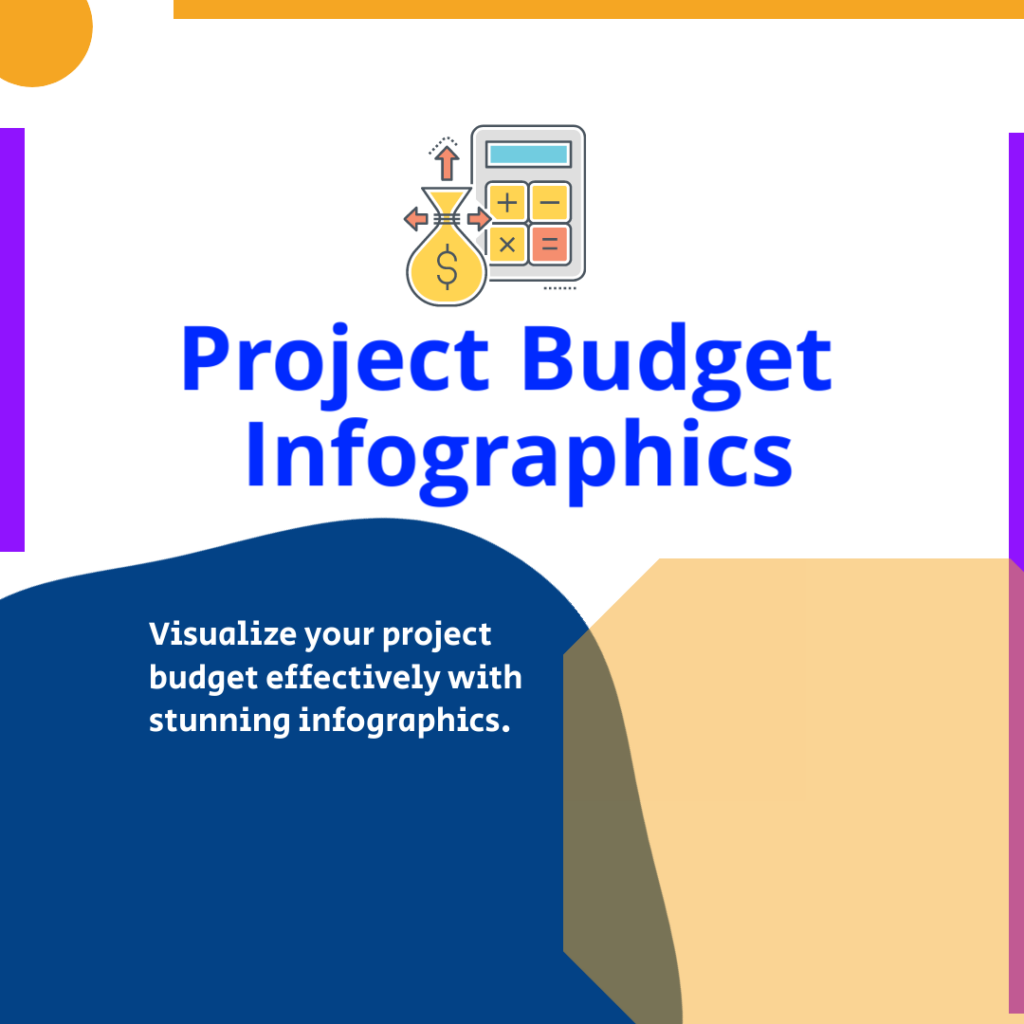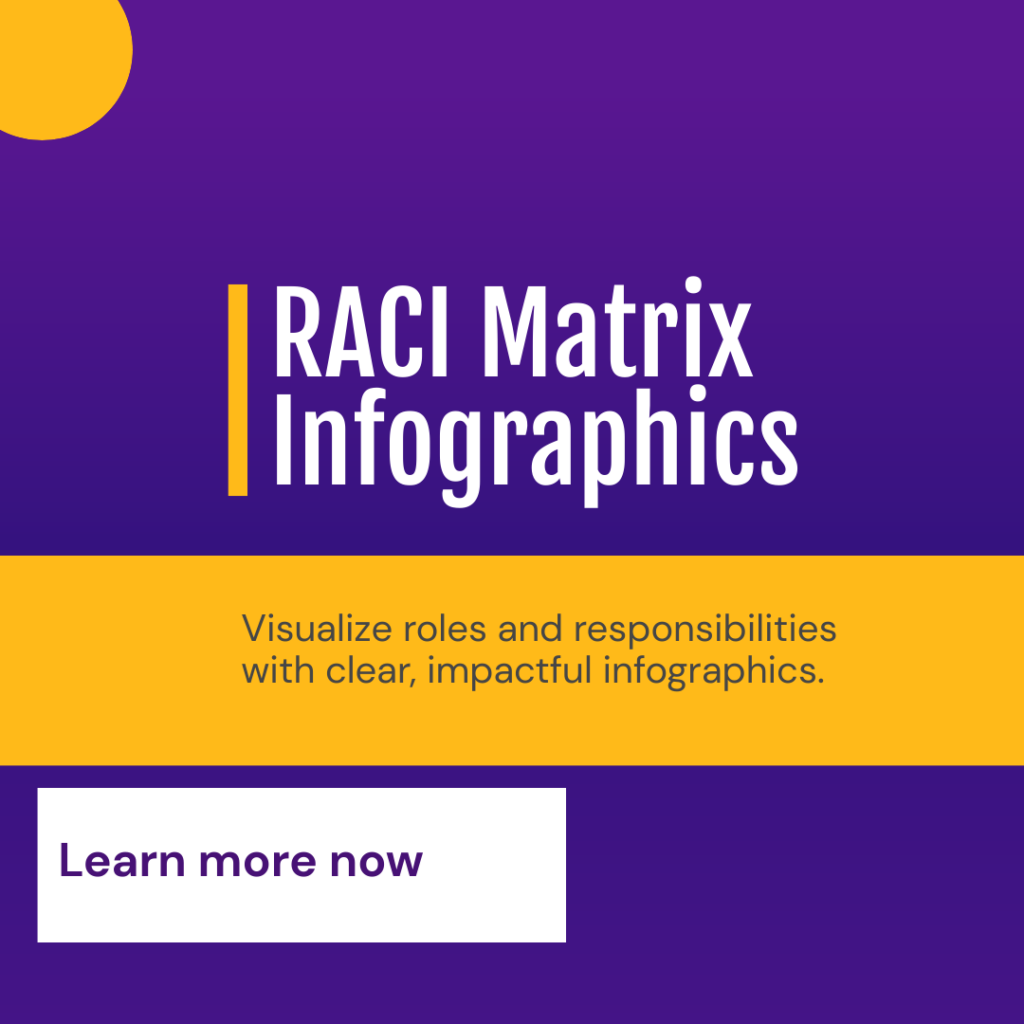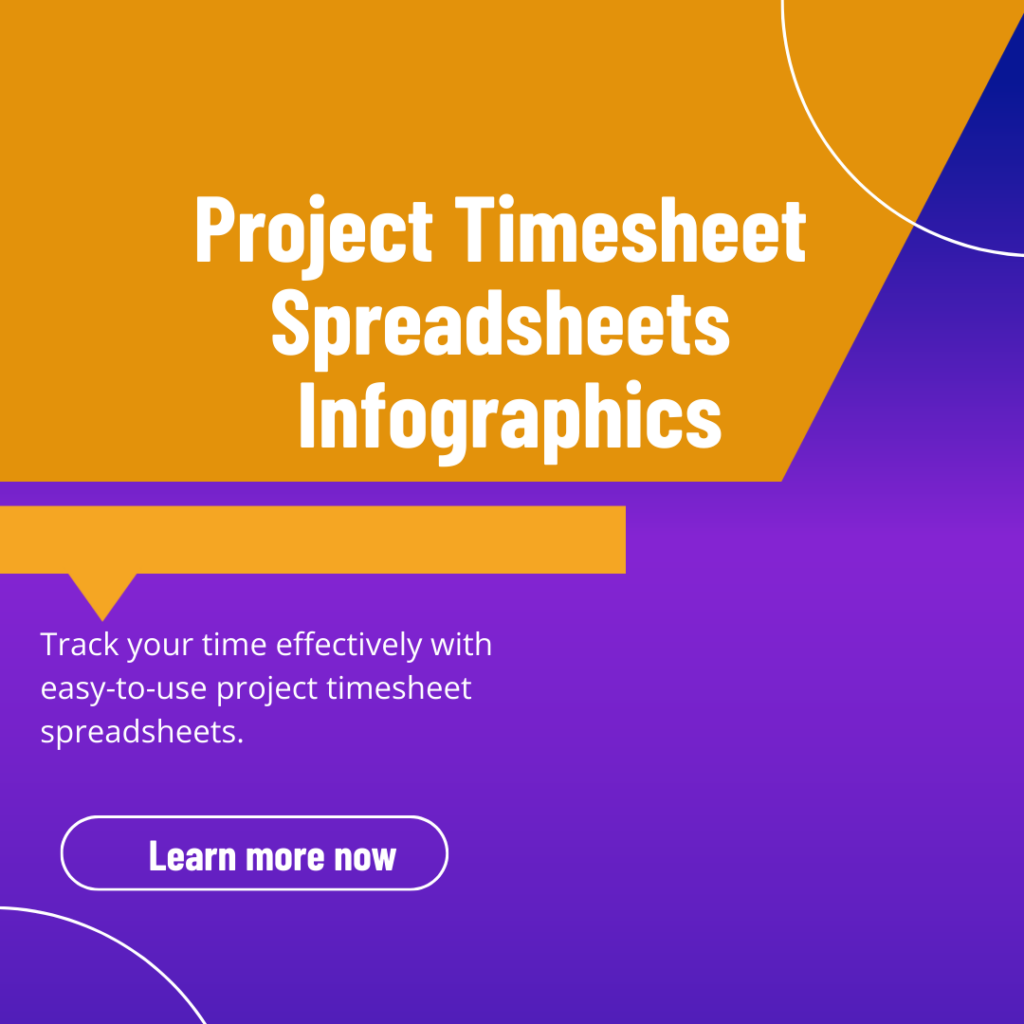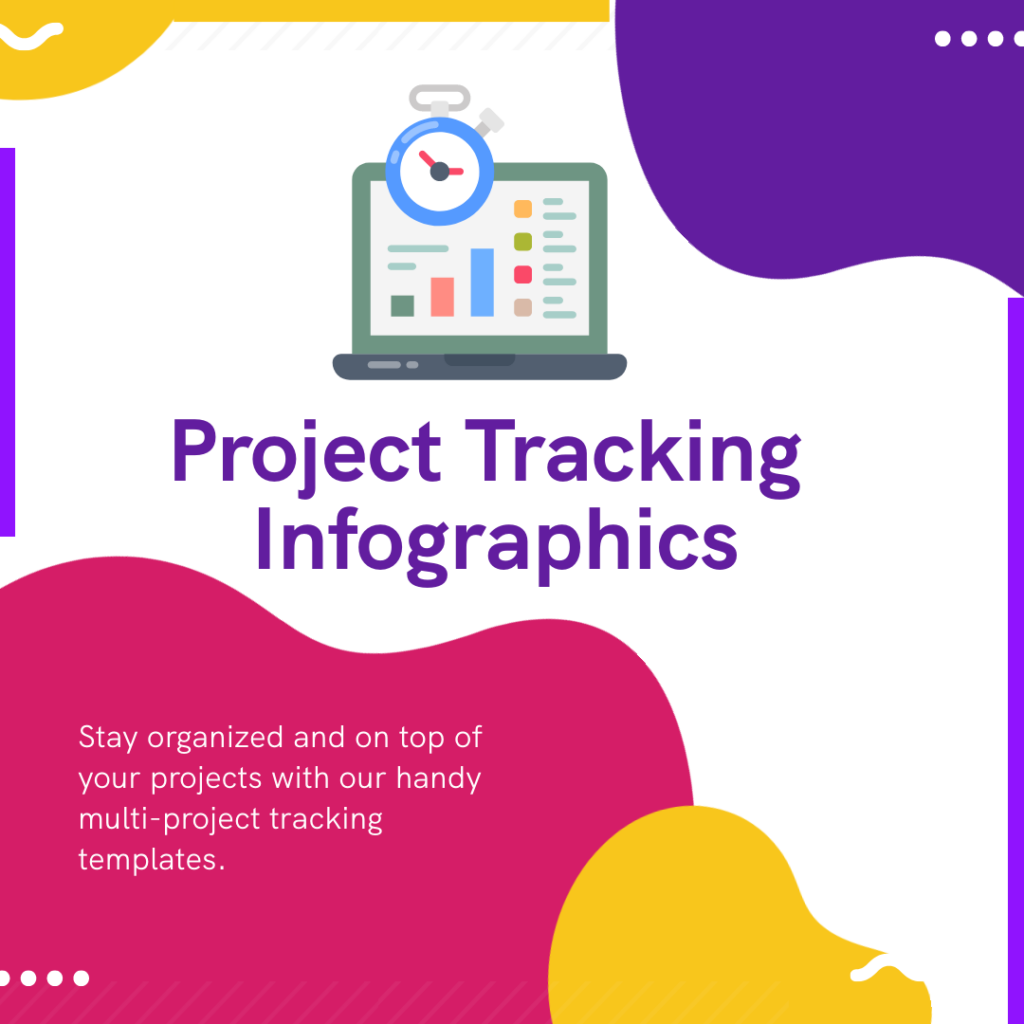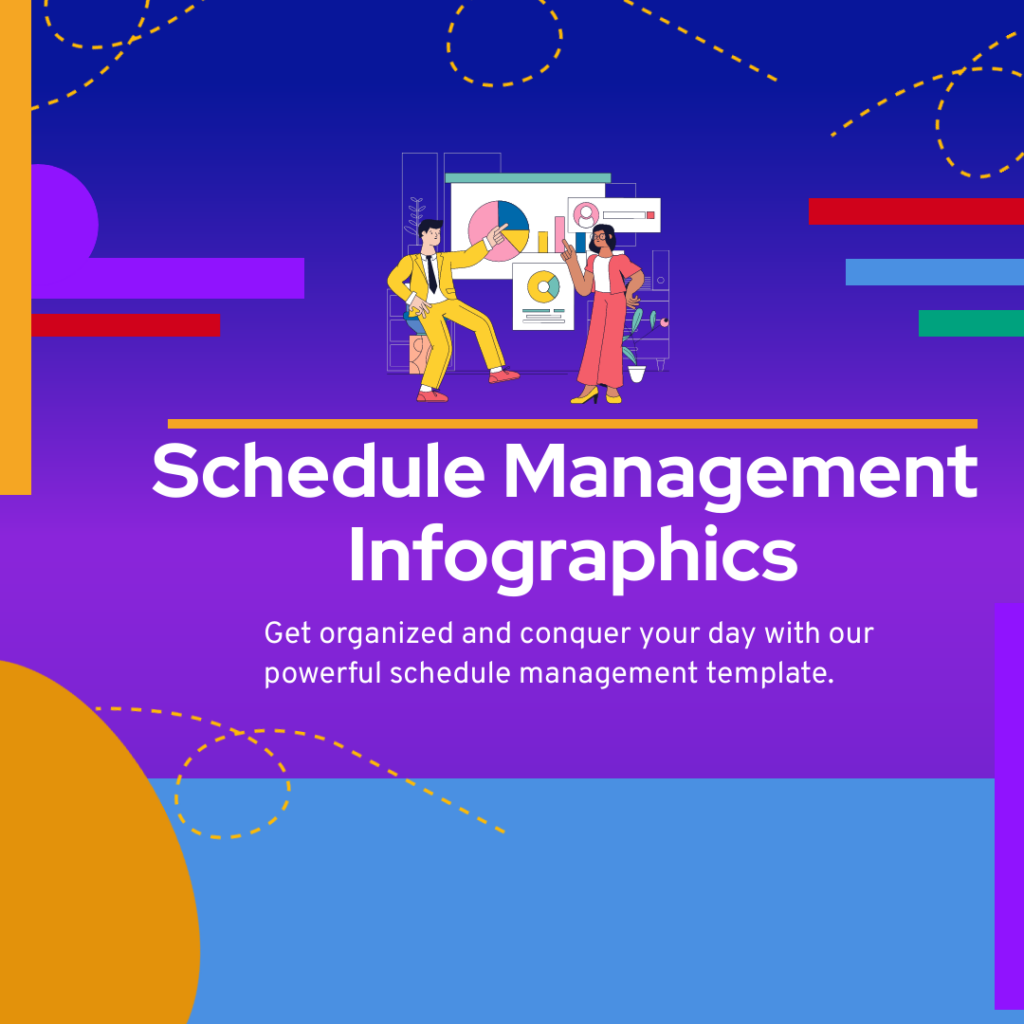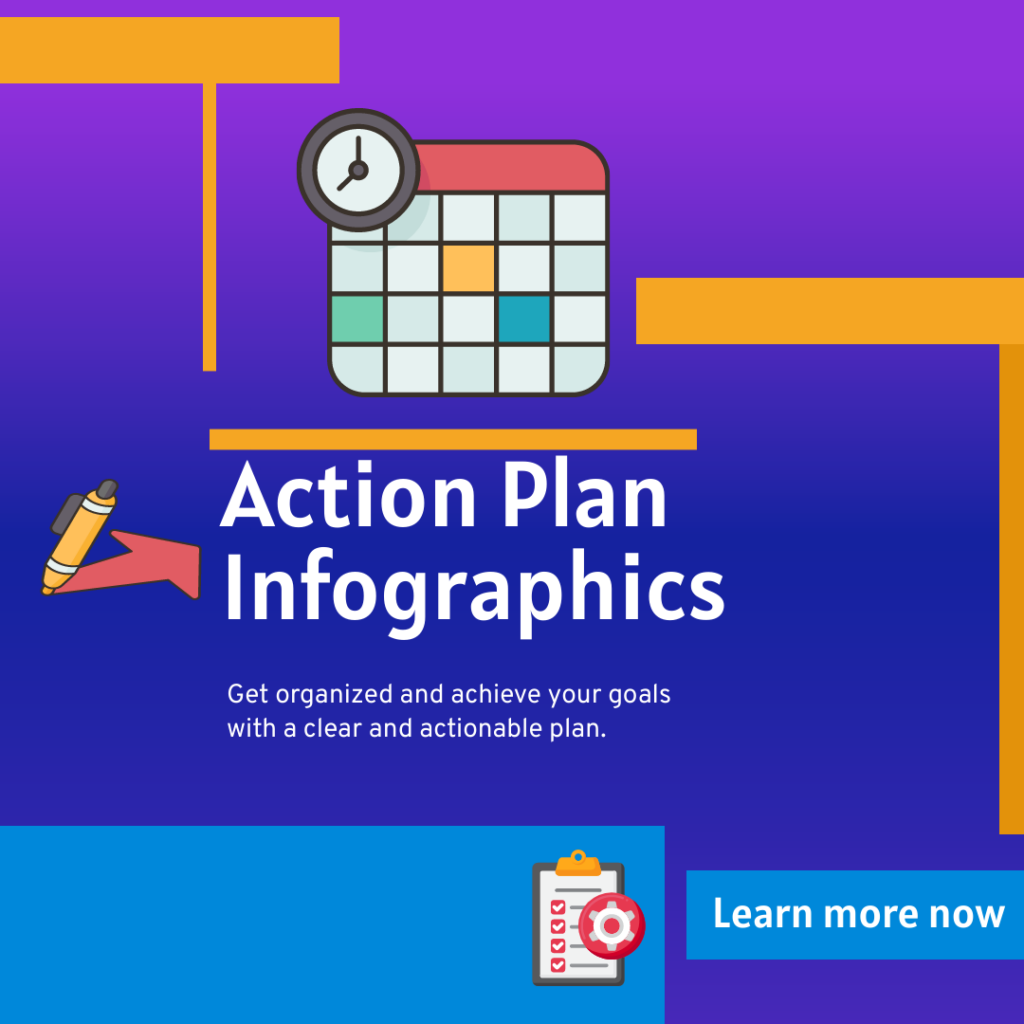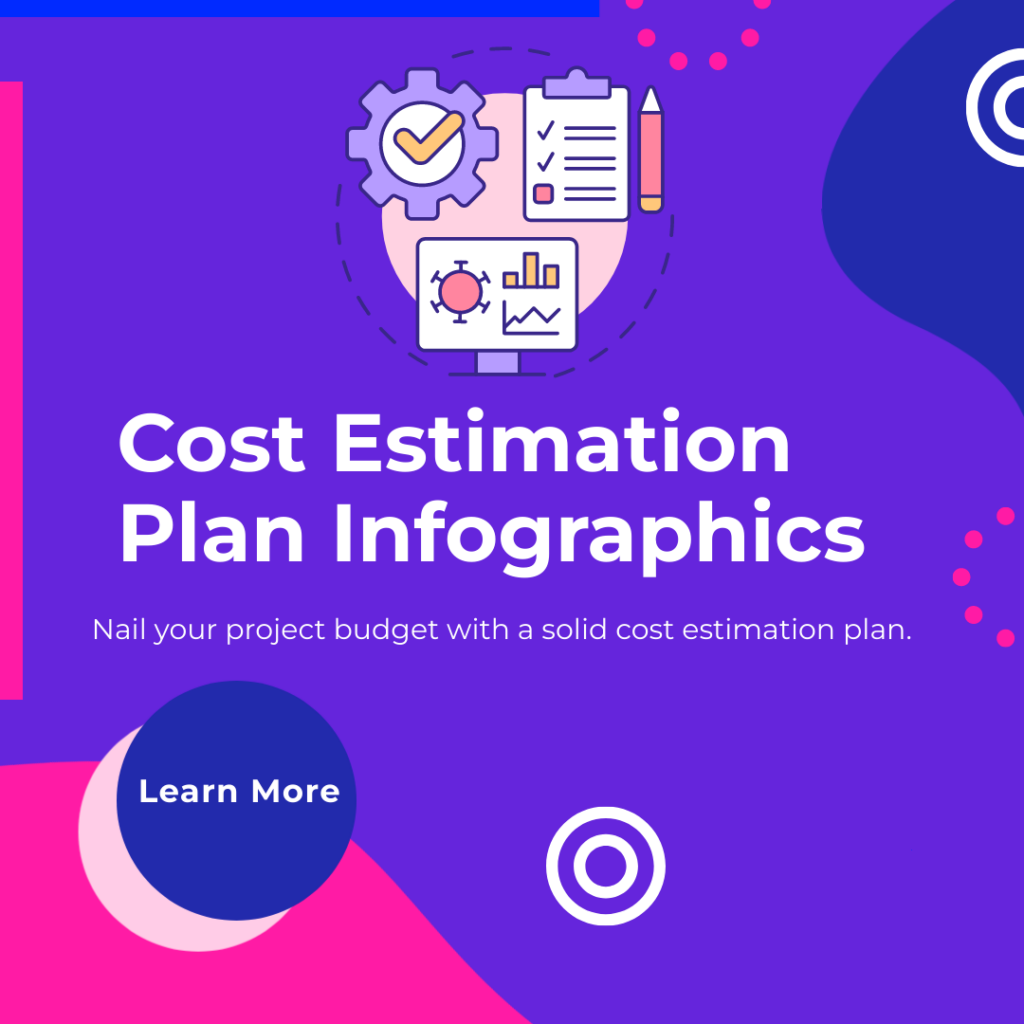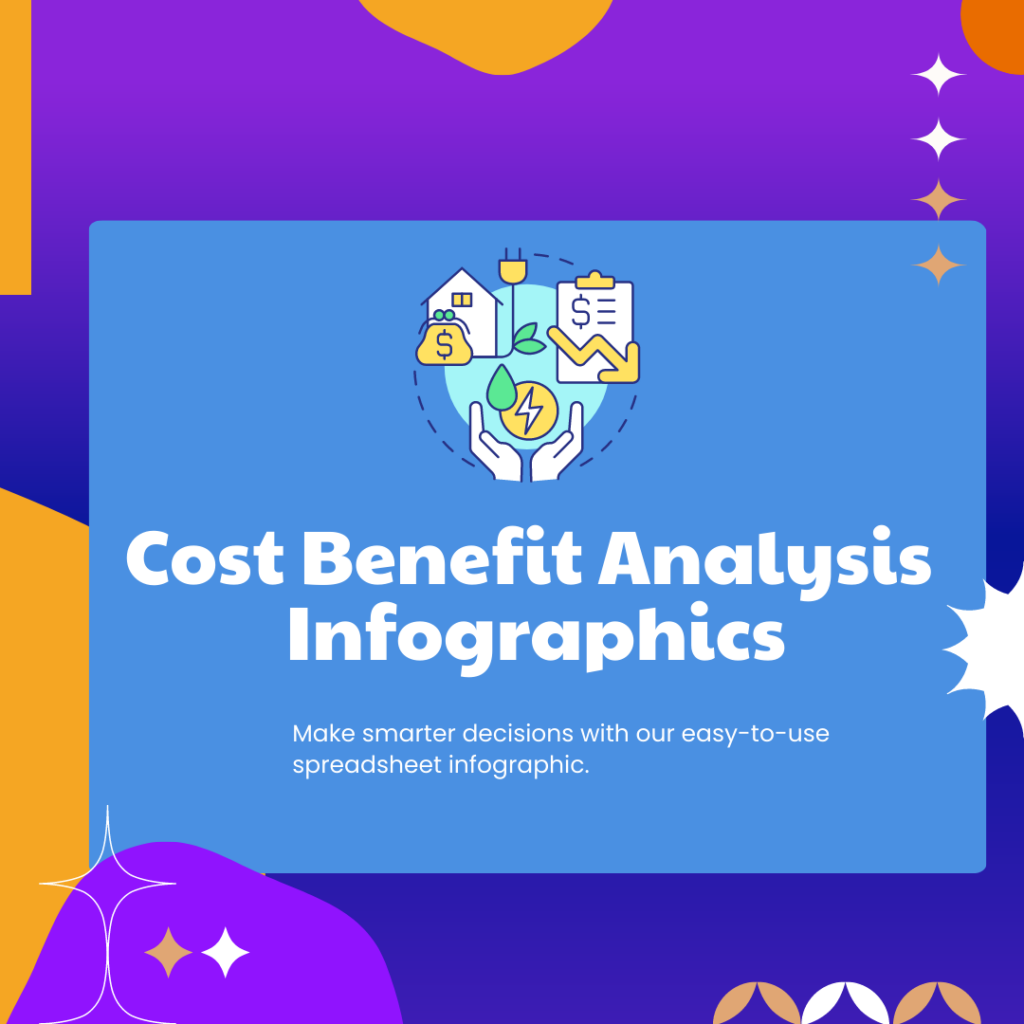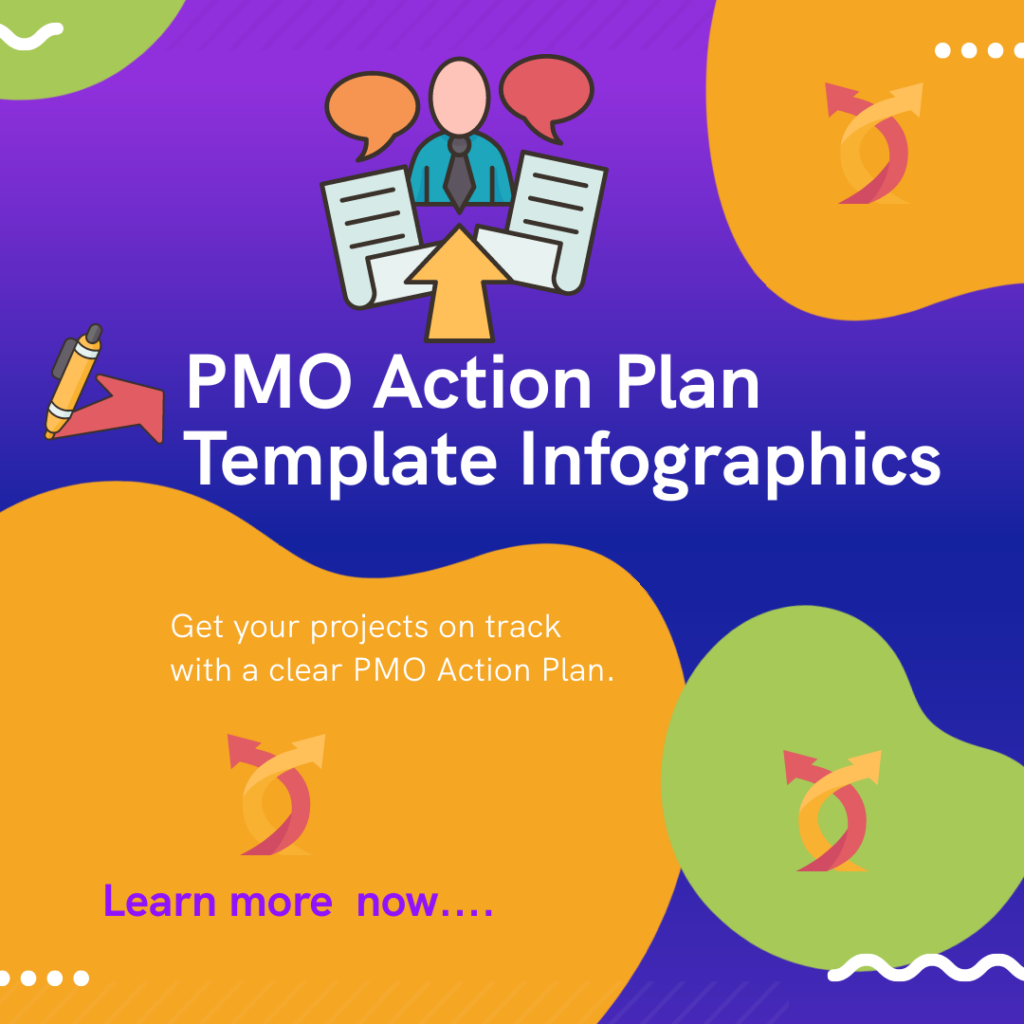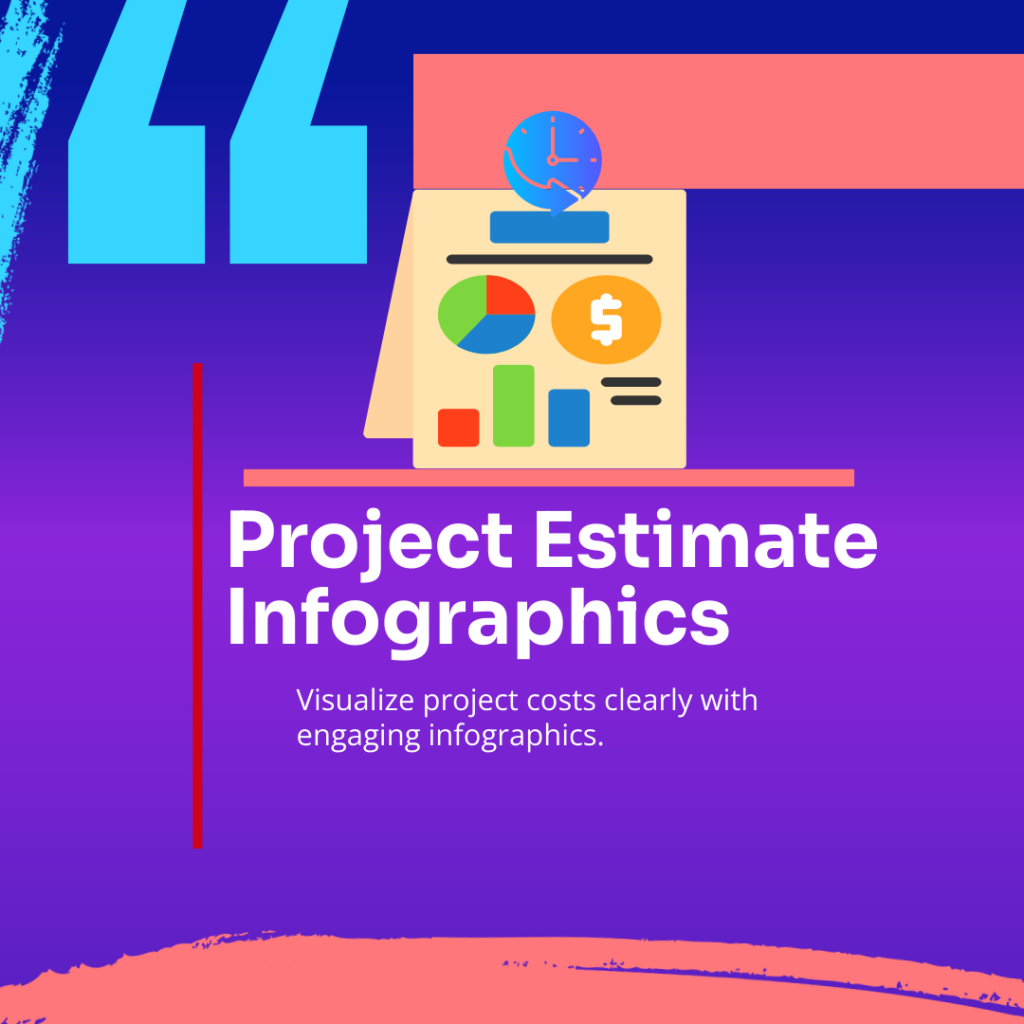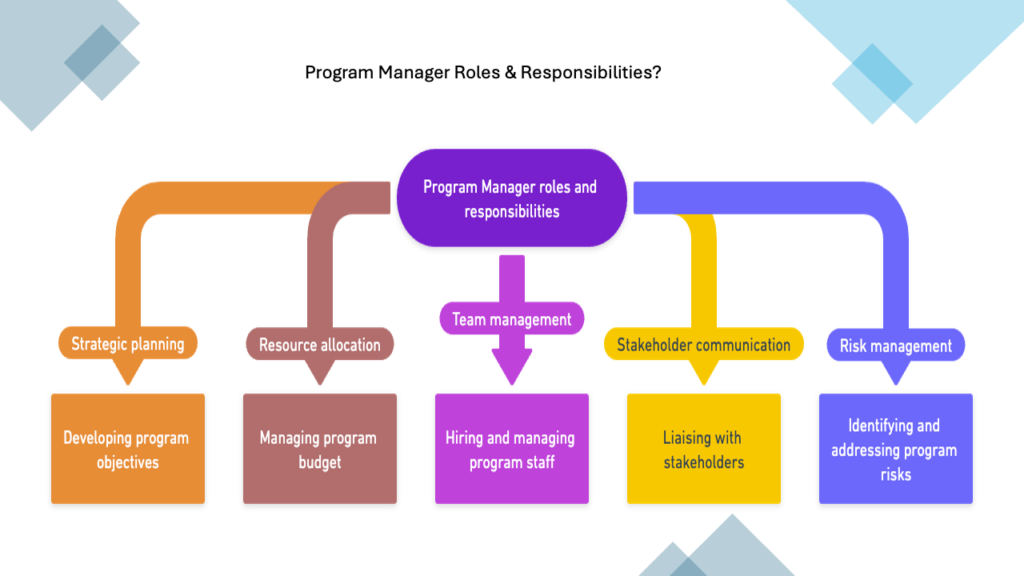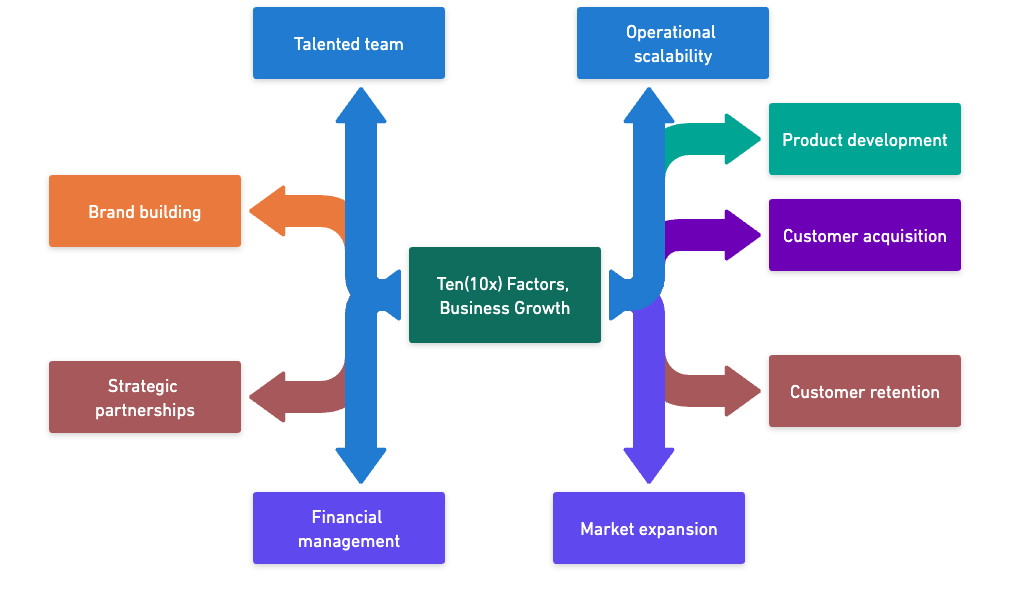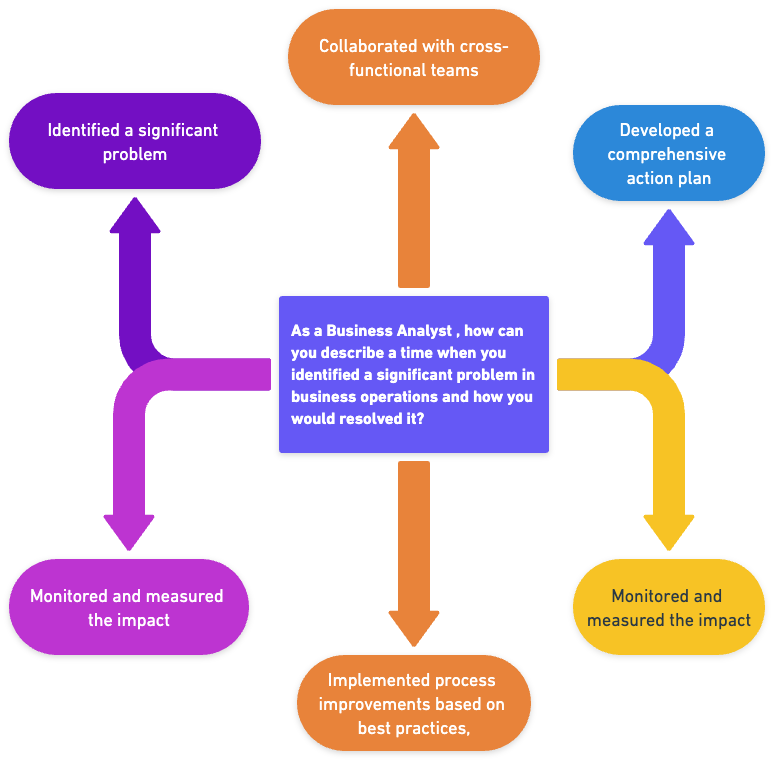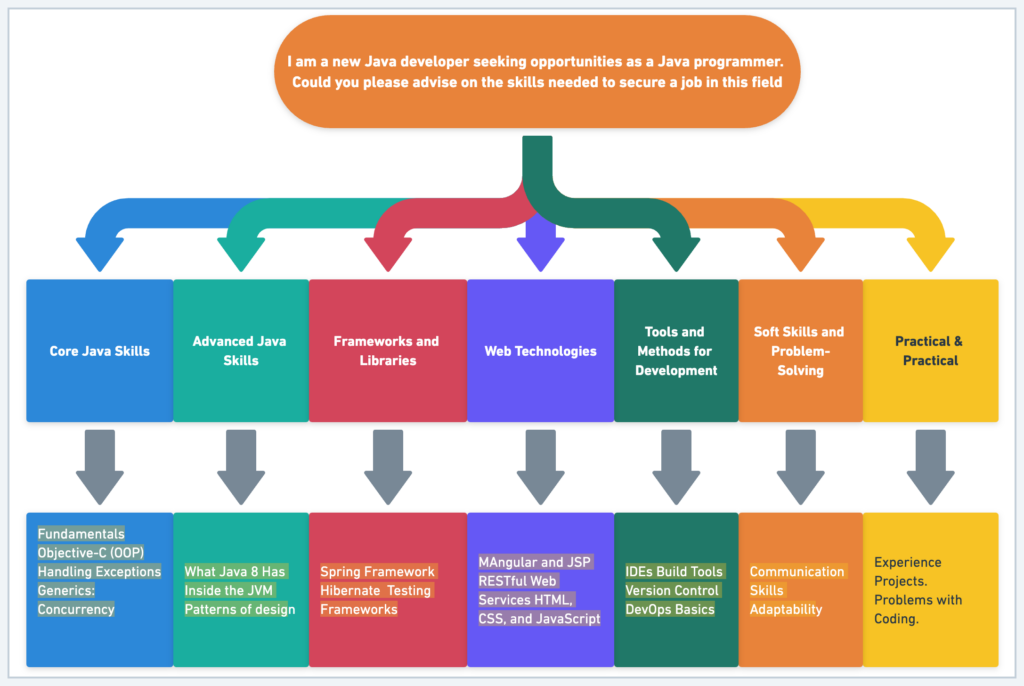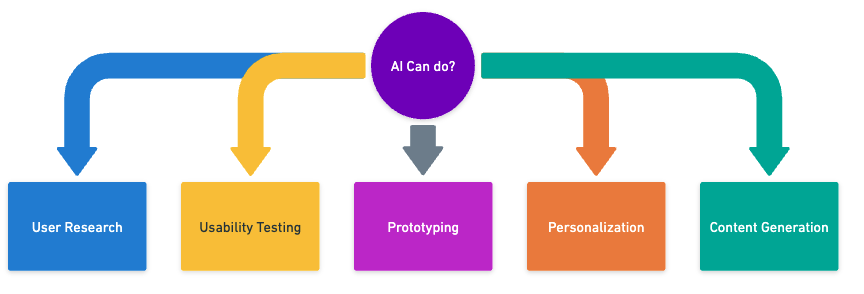Gantt Chart Infographics
A Gantt chart is a vital tool for project management, offering a visual timeline to schedule tasks and track progress. It breaks down projects into individual tasks, showing their start and end dates along a timeline, which helps in identifying dependencies and potential bottlenecks. By clearly displaying task durations and overlaps, Gantt charts enable project managers to allocate resources effectively and ensure that project milestones are met on time.
Understanding the basics of Gantt charts involves knowing how to create and interpret them. Key components include the task list, timeline, bars representing task durations, and milestones indicating critical deadlines. These elements work together to provide a comprehensive overview of the project’s timeline, helping teams to stay organized and on track. Mastering Gantt charts allows for better planning, coordination, and communication within project teams, ultimately leading to more successful project outcomes.
“Mastering Gantt Charts: Your Essential Guide to Efficient Project Management”
Project Budget Infographics
Project casting is a fundamental process in project management that involves outlining and planning the various elements needed to ensure a project’s success. This process includes defining project goals, identifying required resources, and determining the timeline and budget. By establishing these components early on, project casting helps create a clear roadmap that guides the project from inception to completion. It also allows project managers to anticipate potential challenges and allocate resources efficiently, ensuring that the project stays on track and within scope.
A thorough understanding of project casting basics is crucial for effective project management. Key steps include stakeholder analysis, risk assessment, and the development of a detailed project plan.
“Project Casting Basics: Laying the Foundation for Successful Projects”
RACI Matrix Infographics
The RACI Matrix is a powerful tool used in project management to define and clarify the roles and responsibilities of team members. The acronym RACI stands for Responsible, Accountable, Consulted, and Informed, representing the different levels of involvement for each stakeholder in a project. By creating a visual RACI Matrix infographic, project managers can easily communicate these roles, ensuring that everyone understands their specific duties and contributions. This clarity helps prevent overlap, reduce confusion, and streamline decision-making processes, ultimately leading to more efficient and effective project execution.
Using a RACI Matrix infographic offers several benefits, including improved communication and accountability within the team. It provides a clear overview of who is responsible for each task, who needs to be consulted for their expertise, and who should be kept informed of progress and changes.
“RACI Matrix Infographics: Clarifying Roles for Project Success”
Project timesheet infographics
Project timesheet infographics are essential tools in project management, providing a visual representation of how time is allocated and spent on various tasks. These infographics help teams track the hours dedicated to specific activities, monitor progress, and identify areas where efficiency can be improved. By offering a clear and concise overview, project timesheet infographics enable project managers to ensure that time is being used effectively,
The benefits of using project timesheet infographics extend beyond simple time tracking. They foster transparency and accountability within the team, as everyone can see where their efforts are focused and how their time contributes to the project’s overall success.
“Project Timesheet Infographics: Tracking Time for Optimal Efficiency”
AI In Project Risk Infographics
Project risk infographics are crucial tools for visualizing potential threats and uncertainties that could impact a project’s success. These infographics provide a clear, visual representation of various risks, categorizing them based on their likelihood and potential impact. By highlighting key risks, project managers can easily communicate the severity and urgency of these threats to their teams and stakeholders. This visual approach not only makes it easier to understand complex risk data but also helps in prioritizing risk mitigation strategies effectively.
The use of project risk infographics offers several advantages in project management. They enhance decision-making by providing a comprehensive overview of all identified risks, allowing for better planning and resource allocation.
“Project Risk Infographics: Visualizing Uncertainty for Better Management”
AI In Project Tracking Infographics
Project tracking infographics are indispensable tools for visualizing the progress and performance of projects in real time. These infographics offer a clear, concise snapshot of various project metrics, such as task completion rates, milestone achievements, and overall project timelines. By providing an at-a-glance view of the project’s status, project tracking infographics help managers and team members quickly identify areas that are on track, as well as those that require immediate attention. This visual approach simplifies the complex process of project monitoring, making it easier to ensure that projects stay aligned with their goals and deadlines.
The advantages of using project tracking infographics extend to improved communication and transparency within the team and with stakeholders
“Project Tracking Infographics: Keeping Your Projects on Course”.
AI In Schedule Management
Artificial intelligence (AI) is revolutionizing project planning/Scheduling by automating routine tasks, analyzing data, and optimizing workflows. It enhances efficiency and decision-making for project managers by predicting risks and suggesting solutions. AI tools can automate scheduling, reminders, and document updates, freeing managers to focus on strategic planning and problem-solving. By leveraging AI, project goals are achieved more effectively, and risks are mitigated, resulting in more successful project outcomes.
Additionally, AI improves project tracking and forecasting by providing valuable insights and analytics. It helps in resource allocation, timeline management, and overall project optimization, making project execution more streamlined and efficient. With AI, project managers can better navigate complexities, ensuring projects stay on track and within budget. The integration of AI in project planning signifies a shift towards more data-driven, efficient, and effective project management practices.
Project Action Plan
AI significantly enhances project execution by automating repetitive tasks, optimizing resource allocation, and providing real-time insights. This allows project managers to focus on strategic decision-making, leading to more efficient and effective project outcomes. AI’s capabilities in analyzing data and predicting potential issues help in maintaining timelines and budgets, ensuring that projects stay on track and meet their goals.
Furthermore, AI tools assist in real-time monitoring and adjustments, improving overall project agility. By integrating AI, projects benefit from reduced human error, increased productivity, and better alignment with project objectives. This transformation in project execution signifies a shift towards more adaptive and resilient project management practices.
“Revolutionize Project Execution with AI: Efficiency, Precision, Success”
Cost Estimation & Cost Tracking
AI is revolutionizing project management, particularly in cost Estimation & tracking, by leveraging its ability to analyze vast amounts of data and predict potential cost overruns. AI algorithms can identify trends and forecast expenses with high accuracy, enabling project managers to allocate resources more effectively and make informed decisions. This advanced capability helps in maintaining budgets and mitigating financial risks, leading to more successful project outcomes.
Moreover, AI-driven tools automate many aspects of cost tracking, such as real-time expense monitoring and budget adjustments, reducing human error and increasing efficiency. By utilizing AI, project managers gain a significant edge in managing project finances, ensuring cost optimization, and achieving better financial control.
Cost Benefits Analysis
Project casting involves selecting the right team members for a project based on their skills, experience, and availability. It is essential for ensuring that the project is completed efficiently and meets its objectives. Proper casting requires a clear understanding of the project requirements and careful consideration of each team member’s strengths and weaknesses.
Effective project casting can lead to improved collaboration, higher productivity, and successful project outcomes. It involves not only assigning roles but also fostering a positive team dynamic and ensuring that each member is motivated and aligned with the project’s goals.
“Master Project Success: The Fundamentals of Effective Casting”
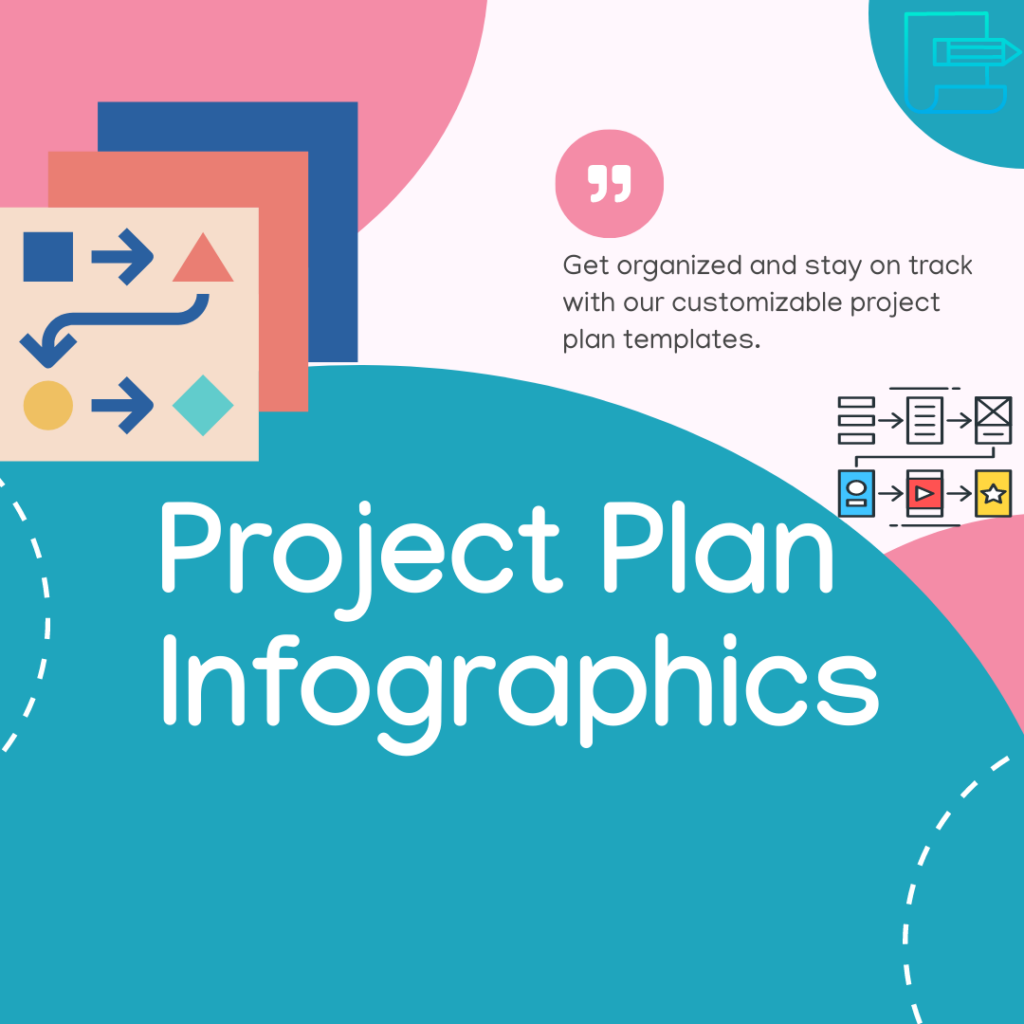
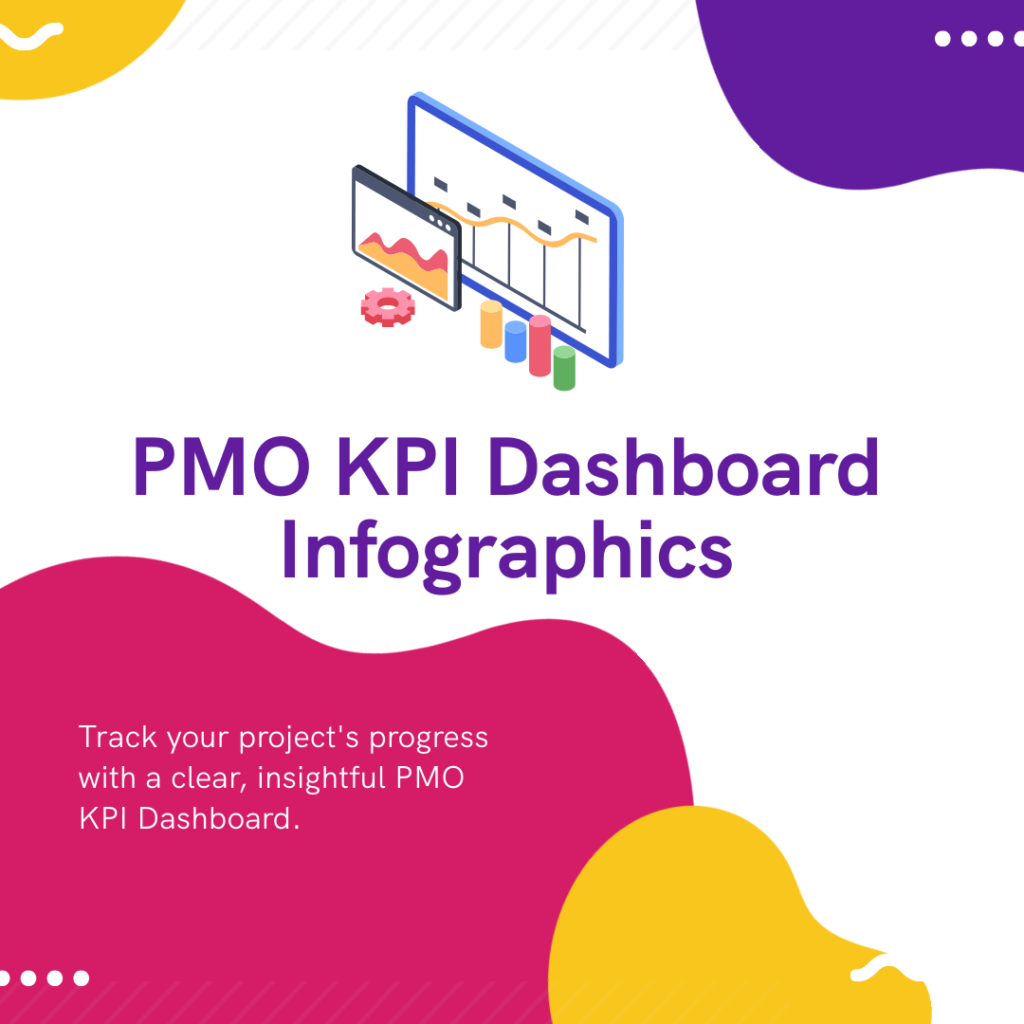
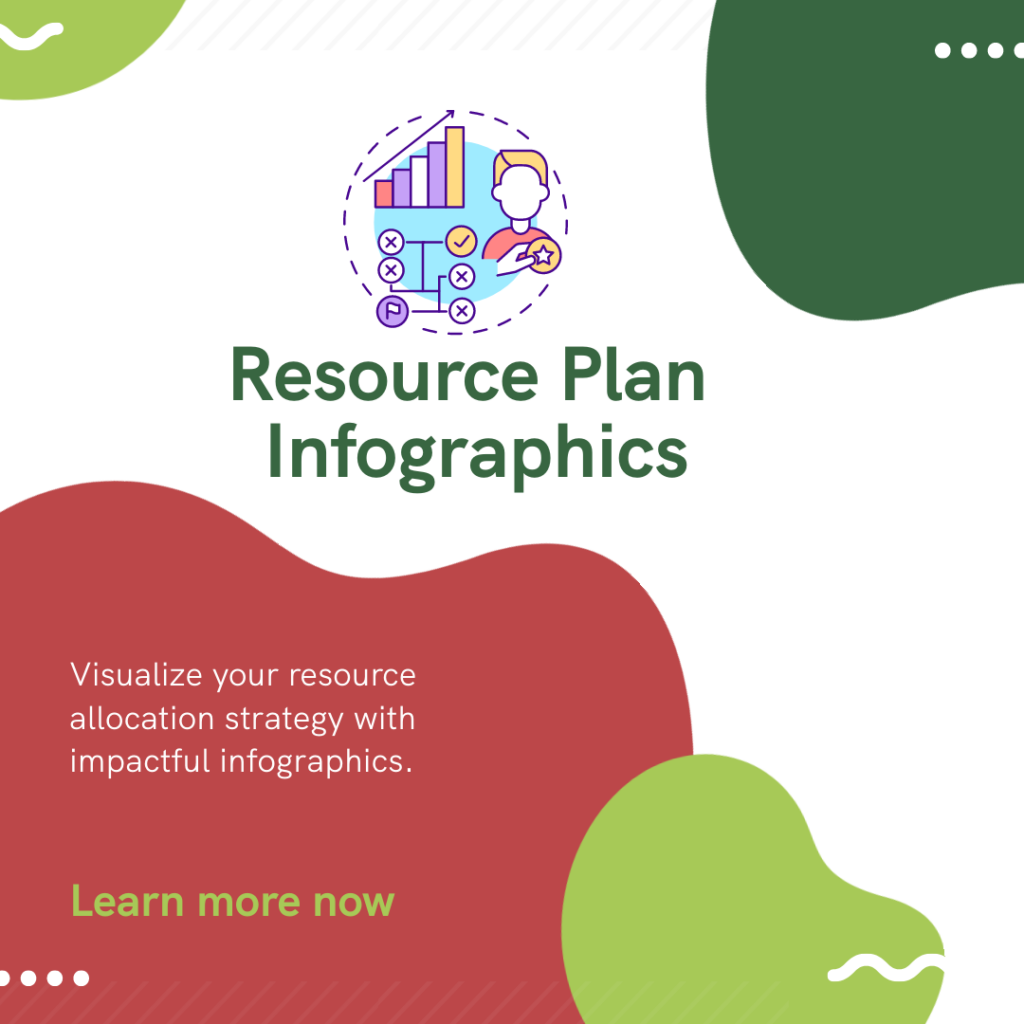
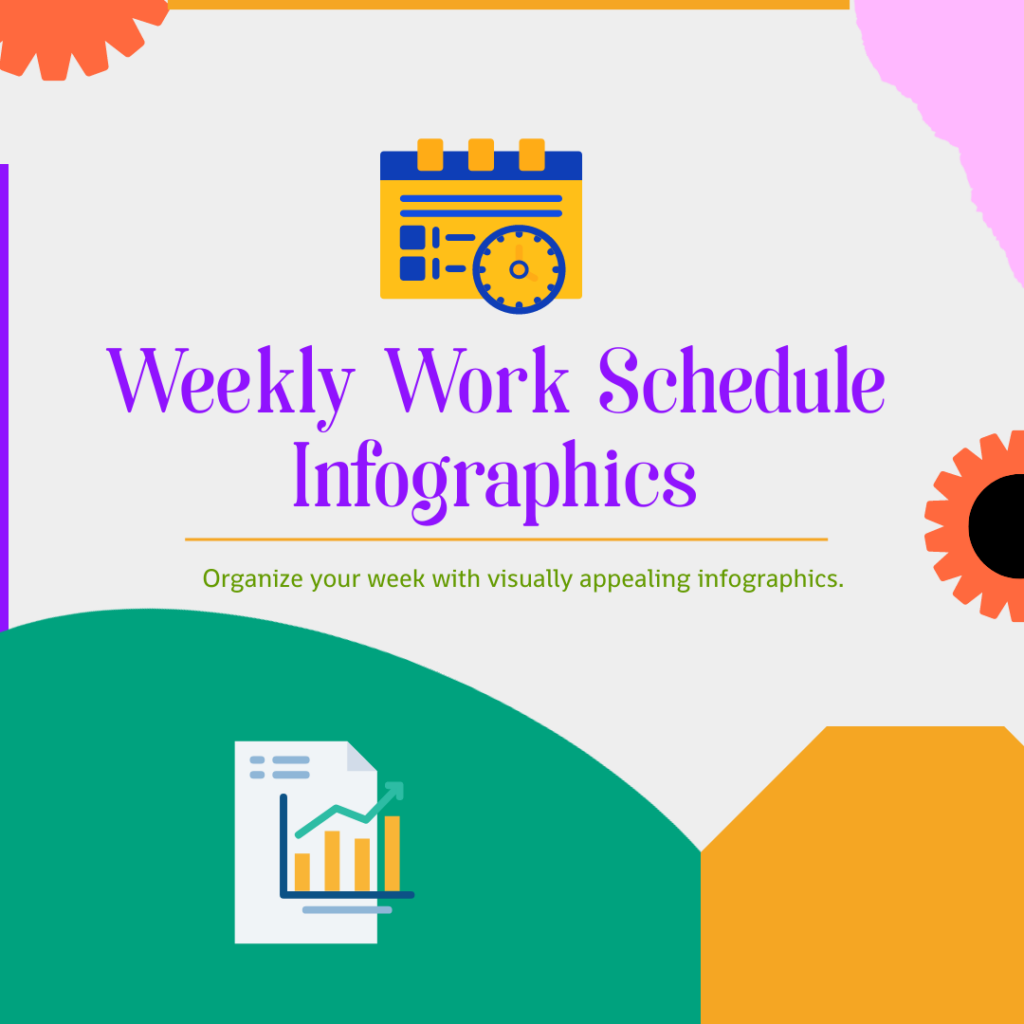
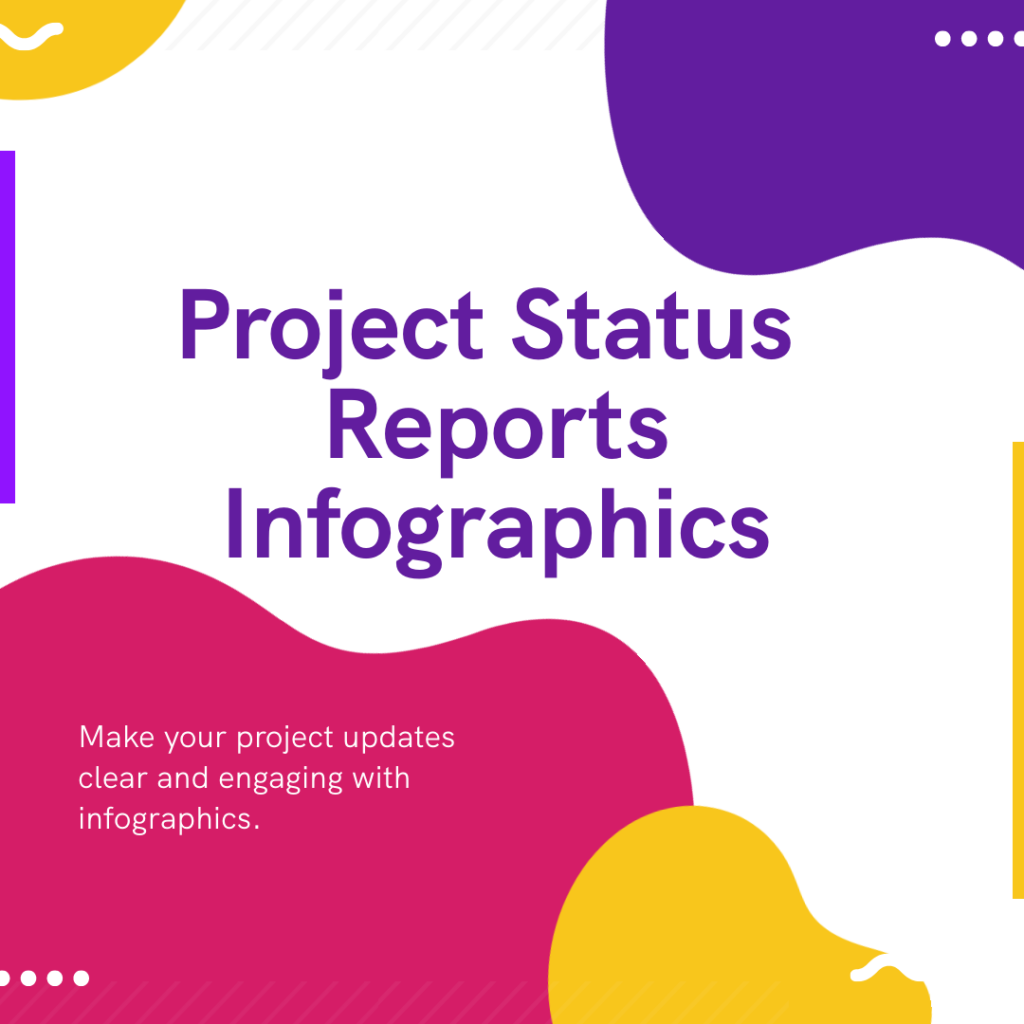
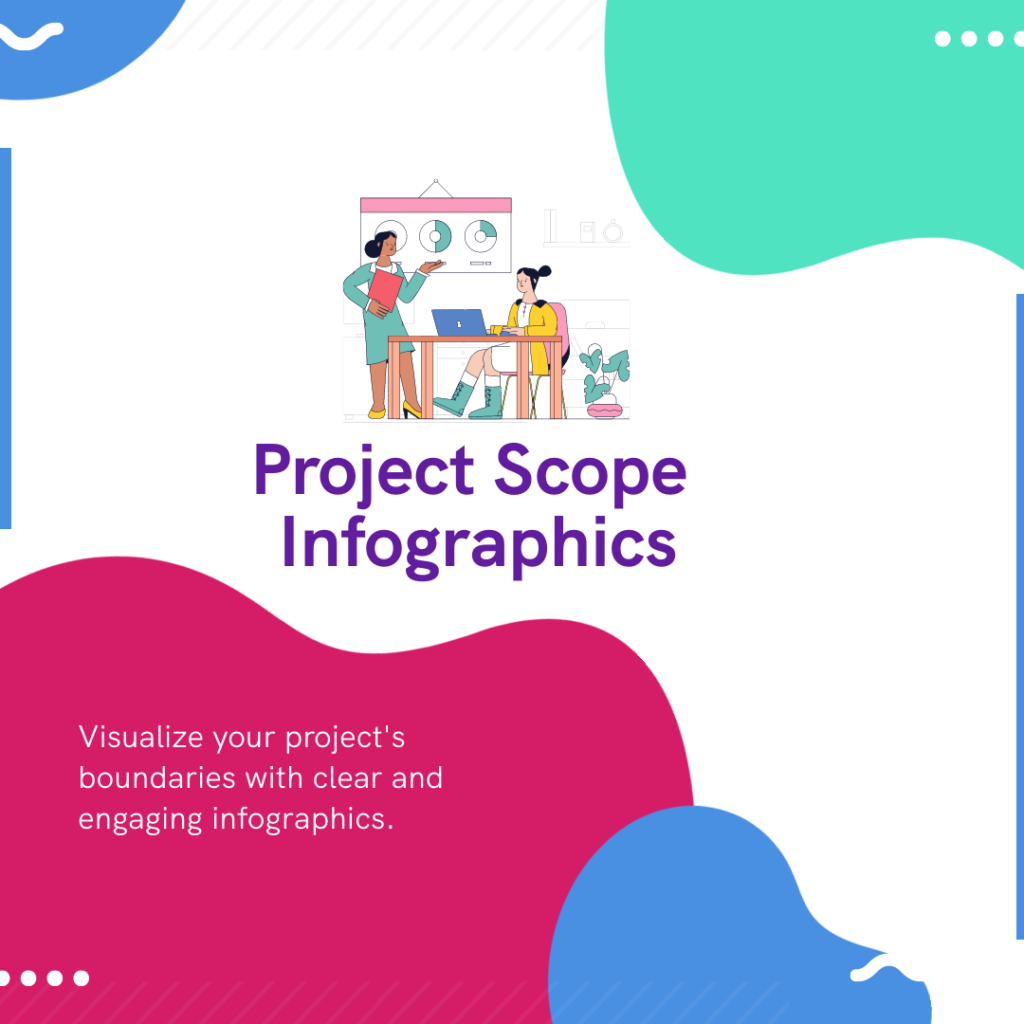
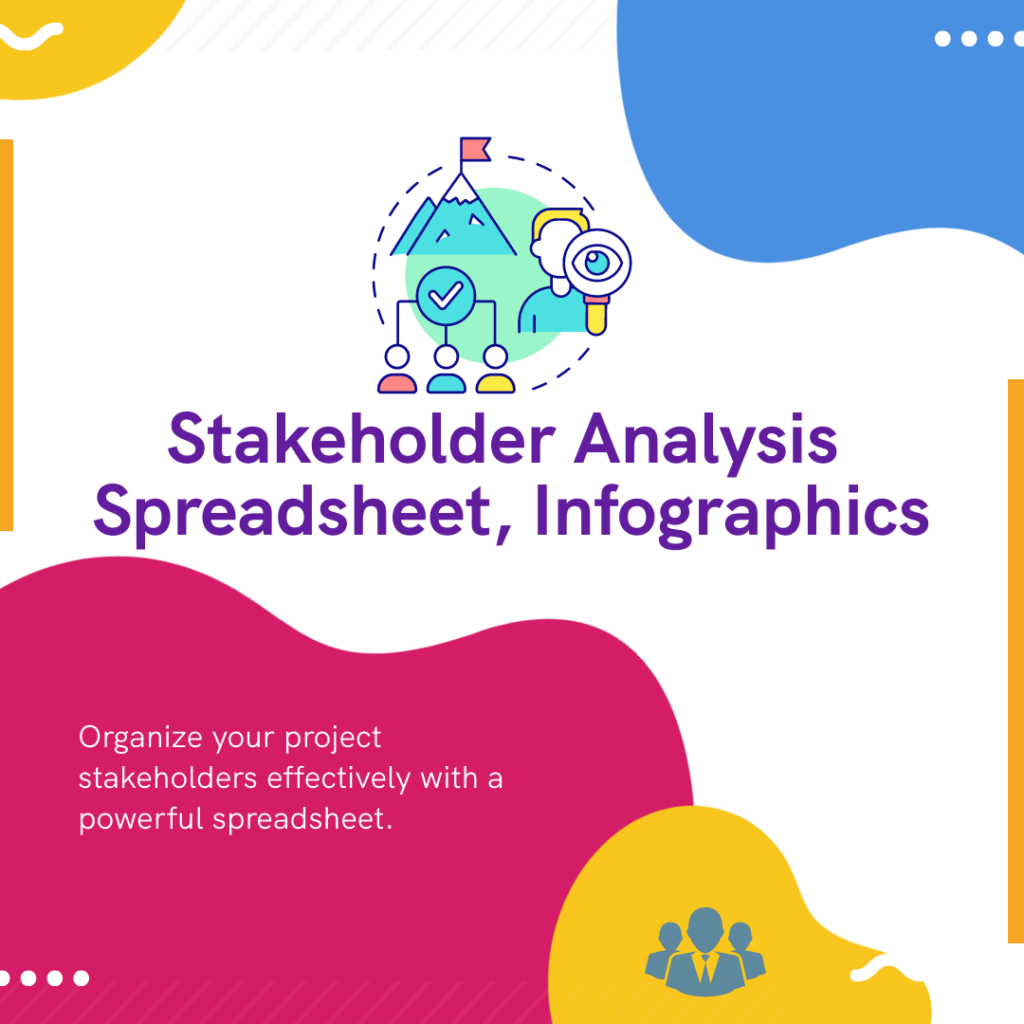
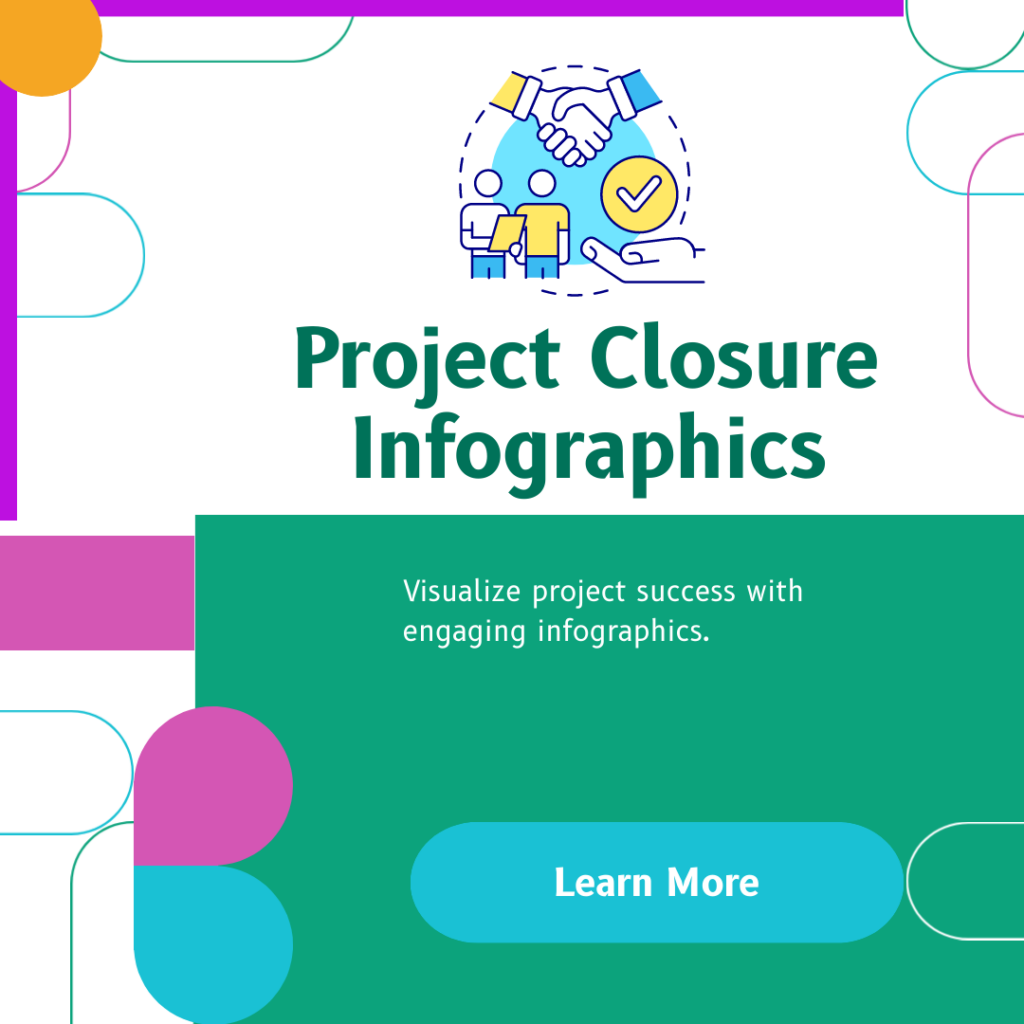
Program Manager
AAs a Program Manager, Imagine that one of the most important project in your program isn’t meeting important deadlines. What would you take most 5 important actions to get the project back on track? please provide the answer considering the real situations
TTEN(X) Factors for Business GrowthEmbracing the essence of elegance, let us delve into the realm of ten factors that propel businesses towards unprecedented growth.
1-Innovation, 2-Market Expansion, 3-Market Expansion, 4-Retaining Customers, 5-Leadership that is effective, 6-Financial Management, 7-Talent Acquisition, 8-Partnerships and Collaborations, 9-Feedback from Customers, 10-Continuous Improvement
Business Analyst
AAs a Business Analyst , how can you describe a time when you identified a significant problem in business operations and how you would resolved it?
II’m a Java developer seeking opportunities as a Java programmer. Could you please advise on the skills needed to secure a job in this field
What AI Can Do?
What AI Can Do?: Many parts of our daily lives have been already affected by artificial intelligence (AI). Accurate prediction, analysis of large data sets, and handling of complicated tasks are all within its capabilities. Artificial intelligence has the potential to revolutionise such as the User Research, Usability Testing, Prototyping, Personalization and Content Generation etc.. But AI isn’t perfect yet. It is devoid of rational thought, awareness of context, and genuine empathy. Issues of privacy, bias, and the loss of jobs are brought up by AI, which poses a ethical concerns. Though AI has come a long way, it still needs reasonable limits if it is to continue driving innovation and development.
FAQ
Your answer should be:
- Implemented a scalable cloud infrastructure to handle the increasing demand for our services, addressing challenges related to optimizing resource utilization and ensuring high availability.
- Resolved performance issues in a critical software application by identifying and optimizing inefficient code, resulting in significant improvements in response times and user experience.
- Upgraded legacy systems to support modern security standards, addressing vulnerabilities and ensuring compliance with industry regulations while minimizing disruption to ongoing operations.
Your answer should be:
- Inefficient Processes: Business Analysts can map current processes to find bottlenecks or redundant steps and recommend more efficient ones, saving time and money.
- Unclear Requirements: Projects often struggle with changing requirements. A Business Analyst gathers, clarifies, and documents precise requirements that align with business goals to ensure everyone is on the same page.
- Poor Stakeholder Engagement: They can improve stakeholder-development team communication to manage expectations and align the project with stakeholder goals
- Risk Management: Business Analysts identify potential risks to the project or business process and propose mitigation strategies, helping to avoid costly overruns or project failures.
- Data-Driven Decision Making: They can analyse data to help businesses understand market trends, customer behaviours, and other key metrics for better strategic decisions.
- Technology Integration: Business Analysts can recommend technology solutions to improve operations or solve specific business problems based on their knowledge of business processes and IT.
- Change Management :They can help organisations introduce new technologies, processes, or organisational restructuring to ensure a smooth transition and minimal disruption.
- Cost reduction: Business Analysts can identify waste and efficiency opportunities to lower costs without compromising quality or service.
- Improving Customer Satisfaction: By analysing customer feedback and behaviour, they can identify ways to improve products, services, and processes.
- Strategic Planning Support: Business Analysts use data analysis to identify growth and improvement opportunities to shape the company’s future.
Your answer should be:
- Find possible risks:
- Look for anything that could go wrong with the project and figure out how likely it is that it will. Then, evaluate how serious it could be.
- Create a strategy for mitigating risks:
- Come up with an in-depth plan that explains how every risk will be handled, including ways to reduce the impact, alternate strategies, as well as who is responsible for what.
- How to Control a Risk:
- The most effective way to keep risks within control is to maintain a close watch on the project at all times, seek out any modifications to the risks that are already there, and put controls in place that mitigate their impact that they might do.
- Hold meetings with relevant parties:
- Update stakeholders on the status of identified risks, actions to mitigate them, and any changes to the risk landscape as the project progresses.
- Document lessons learned:
- Capture insights from managing risks during the project for future reference, improving risk management processes for subsequent projects.
- Improve risk management processes:Constantly improve risk management processes by monitoring in on the effectiveness of risk management plans on a regular basis and modifying as necessary.
© 2024 All Rights Reserved.

